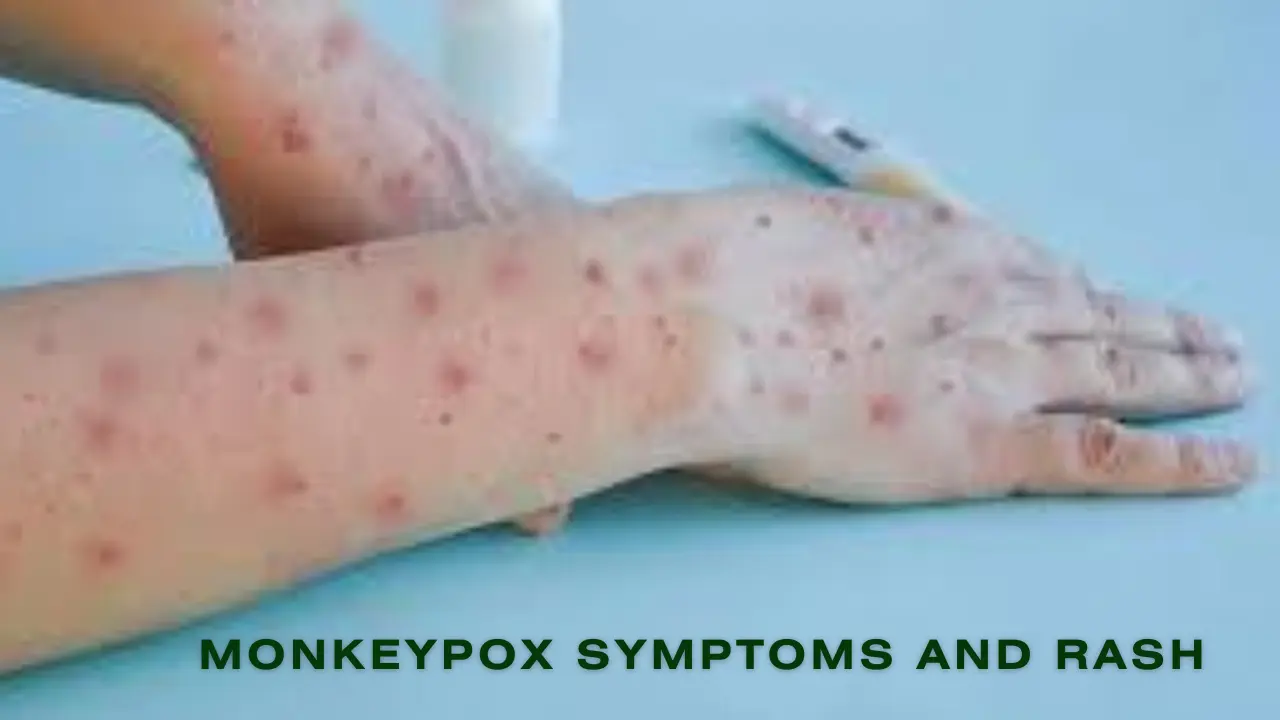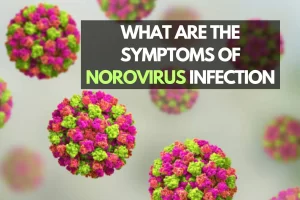Monkeypox (mpox): Symptoms, Treatment, and Prevention
Table of Contents
Monkeypox, a viral zoonotic disease, has captured global attention due to its recent outbreaks and the potential risk it poses to public health. While the disease is not new, its resurgence in various parts of the world has raised concerns.
This article delves into what monkeypox is, its symptoms, treatment options, and the importance of vaccination, all while providing SEO-optimized content that is both informative and easy to understand.
What is Monkeypox?
Monkeypox is a viral infection caused by the monkeypox virus, a member of the Orthopoxvirus genus, which also includes the variola virus responsible for smallpox.
First identified in laboratory monkeys in 1958, the disease was later found in humans in 1970 in the Democratic Republic of Congo. Despite its name, monkeypox is more commonly found in rodents and other small mammals in Africa, where it is endemic.
Monkeypox is primarily transmitted to humans through direct contact with the blood, bodily fluids, or cutaneous or mucosal lesions of infected animals. Human-to-human transmission can occur through respiratory droplets, contact with infected body fluids or lesions, and contaminated objects.
The disease is generally less severe than smallpox, but it can still cause significant health issues, particularly in vulnerable populations.
In recent years, monkeypox has spread beyond its traditional boundaries, leading to outbreaks in non-endemic countries. This has prompted a renewed focus on understanding the virus and preventing its spread.
The increased movement of people and animals across borders, along with changes in land use and climate, have contributed to the resurgence of monkeypox in regions where it was previously unheard of.
Monkeypox Symptoms and Rash

Recognizing the symptoms of monkeypox is crucial for early diagnosis and treatment. The incubation period for the virus typically ranges from 6 to 13 days, but it can extend up to 21 days. Initial symptoms of monkeypox are often flu-like and include fever, headache, muscle aches, and exhaustion.
These symptoms are followed by the swelling of lymph nodes, a distinguishing feature that sets monkeypox apart from other pox-like diseases.
The most notable symptom of monkeypox is the rash that usually appears 1 to 3 days after the onset of fever. The rash often starts on the face and then spreads to other parts of the body, including the palms of the hands and the soles of the feet.
It progresses through several stages, beginning as macules, which are flat, red spots. These then evolve into papules, which are raised bumps, followed by vesicles, which are filled with clear fluid. The vesicles eventually turn into pustules, which are filled with pus, before finally crusting over and falling off.
The rash can be painful and itchy, and the lesions may leave scars once they heal. In severe cases, the rash can be extensive and lead to complications such as secondary bacterial infections, bronchopneumonia, sepsis, and encephalitis.
Understanding these symptoms and recognizing the characteristic rash is vital for healthcare professionals and individuals alike, as early detection can significantly improve outcomes.
Monkeypox symptoms can vary in severity, with some individuals experiencing mild symptoms that resolve on their own, while others may develop more serious complications.
The severity of the disease often depends on the patient’s overall health, age, and immune status. Children, pregnant women, and immunocompromised individuals are at higher risk of severe illness.
Safeguarding Against Dengue: A Comprehensive Guide to Prevention and Recovery
Monkeypox Treatment
While there is no specific treatment for monkeypox, the management of the disease focuses on alleviating symptoms and preventing complications. Most cases of monkeypox are mild and resolve without the need for medical intervention. Supportive care, including pain management, hydration, and treatment of secondary infections, is essential for improving patient outcomes.
Antiviral medications, such as tecovirimat, have shown promise in treating monkeypox, especially in severe cases. Tecovirimat, initially developed for smallpox, works by inhibiting the virus’s ability to spread within the body. Although it is not yet widely available, its use in treating monkeypox is expanding as more data becomes available.
In addition to antivirals, immune globulin therapy has been used in some cases to boost the immune system’s response to the virus. This treatment involves administering antibodies from individuals who have been vaccinated against smallpox or who have recovered from the disease. While this approach has shown some effectiveness, it is not a substitute for vaccination.
Preventing secondary infections is another critical aspect of monkeypox treatment. Patients with severe skin lesions are at risk of bacterial infections, which can complicate recovery. Antibiotics may be prescribed to prevent or treat these infections. In severe cases, hospitalization may be necessary to provide intensive care, especially if complications such as encephalitis or sepsis occur.
Overall, the prognosis for monkeypox is generally good, especially in healthy individuals. However, the disease can be life-threatening in certain populations, highlighting the importance of early detection, supportive care, and preventive measures.
Monkeypox Vaccine
Vaccination plays a crucial role in preventing the spread of monkeypox, particularly in areas where the virus is endemic or during outbreaks. The smallpox vaccine, which was instrumental in eradicating smallpox, also provides protection against monkeypox due to the similarity between the two viruses.
However, routine smallpox vaccination was discontinued following the eradication of smallpox in 1980, leaving younger generations without immunity to monkeypox.
In response to the resurgence of monkeypox, newer vaccines specifically designed to protect against both smallpox and monkeypox have been developed. One such vaccine is the Modified Vaccinia Ankara-Bavarian Nordic (MVA-BN), also known as Imvanex in Europe and Jynneos in the United States.
This vaccine is a third-generation smallpox vaccine that is safer and has fewer side effects compared to earlier versions.
The MVA-BN vaccine is administered in two doses and is recommended for individuals at high risk of exposure to monkeypox, including healthcare workers, laboratory personnel, and those who have had close contact with confirmed cases.
The vaccine can also be used as a post-exposure prophylaxis to reduce the severity of the disease in individuals who have been exposed to the virus.
While the MVA-BN vaccine is effective, it is not yet widely available, particularly in low-income countries where the burden of monkeypox is highest. Efforts are underway to increase the production and distribution of the vaccine to ensure that it is accessible to those who need it most.
Vaccination is not only important for protecting individuals but also for preventing the spread of the virus within communities. In areas where monkeypox is endemic, vaccinating at-risk populations can help control outbreaks and reduce the overall impact of the disease.
Best Supplement to Lower Blood Sugar Levels, Naturally
Preventive Measures and Global Response
In addition to vaccination, there are several preventive measures that can help reduce the risk of contracting monkeypox. These include avoiding contact with wild animals that may carry the virus, practising good hand hygiene, and using personal protective equipment (PPE) when caring for infected individuals.
Public health campaigns and education are also essential in raising awareness about the disease and encouraging behaviours that reduce the risk of transmission.
The global response to monkeypox outbreaks has been coordinated by organisations such as the World Health Organisation (WHO) and the Centers for Disease Control and Prevention (CDC). These organisations work closely with national governments to monitor the spread of the virus, provide guidelines for managing outbreaks, and support research into new treatments and vaccines.
One of the challenges in controlling monkeypox is the potential for the virus to spread beyond its traditional endemic regions. Increased international travel, urbanisation, and deforestation have all contributed to the virus’s ability to reach new areas. In response, global health authorities have emphasised the importance of surveillance, early detection, and rapid response to outbreaks.
Another critical aspect of the global response is the need for equitable access to vaccines and treatments. While high-income countries may have the resources to control outbreaks, low- and middle-income countries often struggle to access the necessary tools. Ensuring that all countries have the means to protect their populations from monkeypox is essential for preventing future outbreaks.
Conclusion
Monkeypox is a re-emerging viral disease that poses a significant public health challenge. Understanding what monkeypox is, its symptoms, and how it is treated is crucial for controlling the spread of the virus and protecting vulnerable populations. While there is no specific treatment for monkeypox, supportive care, antivirals, and vaccination play essential roles in managing the disease and preventing outbreaks.
The recent resurgence of monkeypox highlights the need for continued vigilance and global cooperation. By increasing awareness, improving access to vaccines and treatments, and implementing preventive measures, we can reduce the impact of monkeypox and protect communities around the world. The fight against monkeypox is not just a medical challenge but also a call to strengthen our global health systems and ensure that no one is left behind in the effort to control this disease.




